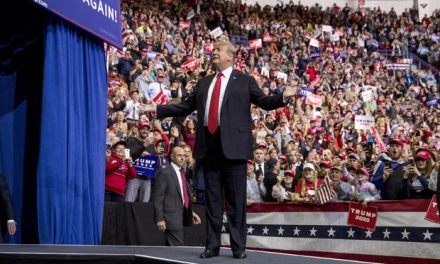Nate Silver has a fascinating post up that pretty much confirms what I’ve thought all along. He gamed out the health care negotiations to test whether different strategies might have altered the outcome, and by how much. Here, he describes the model.
Recently, I’ve had several conversations with NYU political scientist Bruce Bueno de Mesquita in preparation for my book project. Bruce, in addition to being a Silver family friend, is a really brilliant guy who is trying to lend some much-needed rigor to the political science community. He is best known for a model he designed (as documented in his book, The Predictioneer’s Game) to predict the outcomes of complex negotiations from relatively simple inputs. There is a scaled-down version of his model available at his website; I decided to run the numbers for health care and see what it came up with.
Silver assigned values to the various health care plans under discussion, from single-payer on the high side (100) to no reform (10) and complete deregulation (0) on the low side. Then he created 12 different groups at the negotiating table and assigned them levels of influence and flexibility, and noted it if they had effective veto power over the final product. What he found was that no matter what strategy that progressives chose, the strongest possible outcome was a weak public option (60). He also found the same for the White House, and he found that they could only have achieved that outcome by both increasing their engagement and decreasing their flexibility. The model predicted an outcome of 52, which is closest to the Senate Finance bill (50). Here is the part I found most interesting:
— What happens, for instance, if we reduce the flexibility variable for the Progressive Democrats in Congress? That is, we make them more intransigent and demanding, as many bloggers suggested that they should have been? It turns out that nothing happens; the outcome of the negotiation is still a 52. Nor is there much change if we make the progressive position more flexible; the model comes up with a score of 53…
…– I also tested the strategy of the group that I call unions/activists. The model seems to think that the groups that define the endpoints of a negotiation can play a reasonably important role in determining the outcome (the same is true of lobbyists), even if they aren’t terribly influential relative to other parties. What’s interesting is that, if I give the activists a less flexible position, the score increases to 58, meaning that a weak public option might have been obtained. But if I give the activists a more flexible position than the one I assumed them to have in the status quo, the score also increases, to 56. Although this is highly speculative, what the model seems to be suggesting in that the activist community might conceivably have gotten the worst of both worlds. Had they been more willing to compromise on a good-but-not-great bill (better than the one they got), they might have expedited the process toward that outcome rather than letting other (less liberal) groups influence the outcome instead. But had they dug their heels in even more, they might have succeeded in applying enough pressure to move the outcome (somewhat) to the left. The frustration that a lot of activists feel, I think, stems from the fact that they put a lot of money into the pot but then had to fold. It sure sounds good to say: oh, we need both pragmatists and idealists in the liberal community, but it’s also possible that activists would have done better had either of these groups unilaterally dictated the strategy.
It’s refreshing to see someone try to look at this somewhat scientifically, because over the last year I’ve seen more uninformed experts on the art of negotiation than I have substantive advice. I think Silver’s model is well crafted, but it can only indirectly account for oddities in the negotiations, like the filibuster rule and the lack of a constant majority in both houses of Congress. He tries to account for this through the veto variable, but I think it lacks precision. Having assigned a value of 60 to the House bill and having found the White House maxing out at 59 with full engagement and minimal flexibility, it predicts a toss-up outcome. Add in the filibuster, and I think we’re getting something close to optimal under the circumstances.






